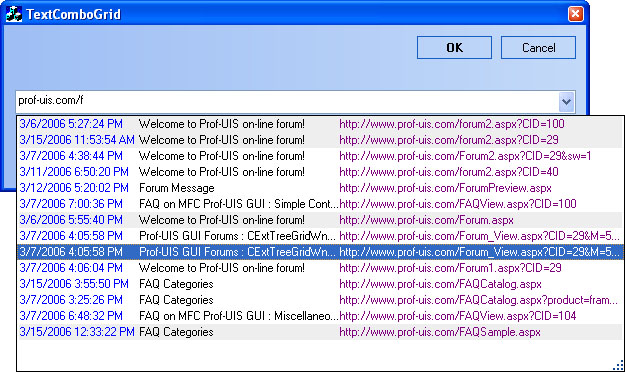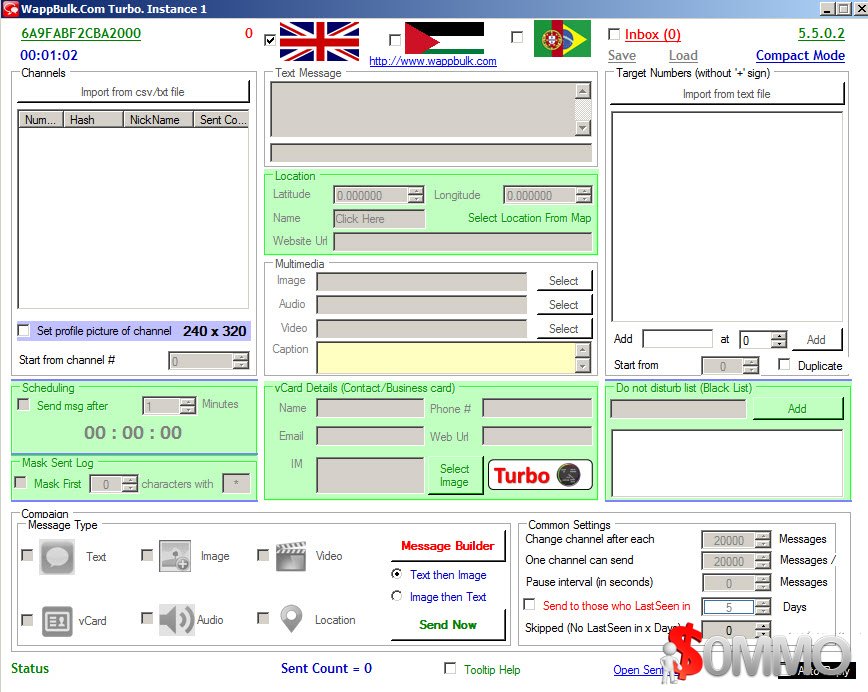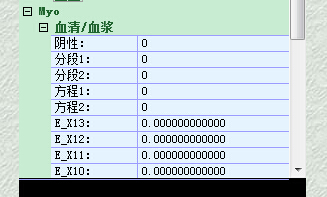
However there's one thing that I'm not entirely sure of, since the only creation method I can find is really ::Create() which in turn creates a new Window. To create property pages, let us look into a simple example by creating a dialog based MFC.
MFC PROPERTYGRID CONTROL CODE
I have successfully compiled some sample code with Mfc's PropertyGridCtrl class. Users click a tab in the property sheet to select a set of controls. So, I was somehow hoping that this control could be utilized with minimal Mfc bindings if any at all. That way I know exactly which requirements there is, what I need to bundle and I know every inch of the codebase by my head. But then ultimately right now I found out that it's in fact an. NET bindings I just assumed that the control wasn't in anyway related to these.Īlthough when I saw the name Mfc PropertyGrid I figured it was an MFC component. Since I had created a C++ project with no ATL, MFC or. When testing MFC PropertyGrid controls, you can use properties and methods specific to these controls, as well as properties and methods that TestComplete applies to tested objects, onscreen objects and window objects.Actually, that was my issue here. If the specified custom control does not fit the control’s type, then it may not properly respond to commands that TestComplete sends, so recording or playing back user actions over the tested control will cause errors. Once the control is mapped, it gets all the properties, methods and actions specific to the MFC PropertyGrid control. For detailed information, see Object Mapping. TestComplete will retrieve the control’s class name and add it to the selected mapping group automatically. As an alternative, you can click Add From Screen and select your custom control on screen. If you do not know the control’s name, you can ask the control’s developers, or you can view the control’s ClassName property in the Object Browser panel. Open your project’s Object Mapping options.Īdd the control’s class name to the Microsoft Controls | MFC | MFCPropertyGridCtrl group.

To command TestComplete to recognize your custom controls as (You can find the plugin in the Common group.) If the plugin is not available, run the TestComplete installation in the Repair mode.
MFC PROPERTYGRID CONTROL INSTALL
If you experience issues when working with the controls, select File > Install Extensions from the TestComplete main menu and check whether the plugin is active. The objectives for this control included a look similar to an Excel spreadsheet, being editable, support for sizeable/hideable columns, customization, support for protected cells, and more. This plugin is installed and enabled automatically as part of the TestComplete Desktop module. Explore this grid control that avoids the use MFC, COM, and ATL.

The Microsoft Control Support plugin must be active. The control’s class name must be added to the Microsoft Controls | MFC | MFCPropertyGridCtrl group of your project’s Object Mapping options.īy default, this group contains the following class: For instructions, see Downloading MFC Debug Information.Įnable the Read debug information for statically linked libraries in the properties of your TestComplete project. If the application is compiled with the Use of MFC option set to Use MFC in a Shared DLL:ĭownload and place MFC debug information files in the application folder. The application must be compiled with debug information.
MFC PROPERTYGRID CONTROL LICENSE
You must have an active license for the TestComplete Desktop module.

Supported component version: MFC Feature Pack for Visual C++ 2008, Visual C++ 2010, 2012, 2013, 2015. It provides special properties and methods that let you retrieve the controls data and simulate user actions on the controls (see below). TestComplete can recognize MFC PropertyGrid controls in Visual C++ applications.


 0 kommentar(er)
0 kommentar(er)
